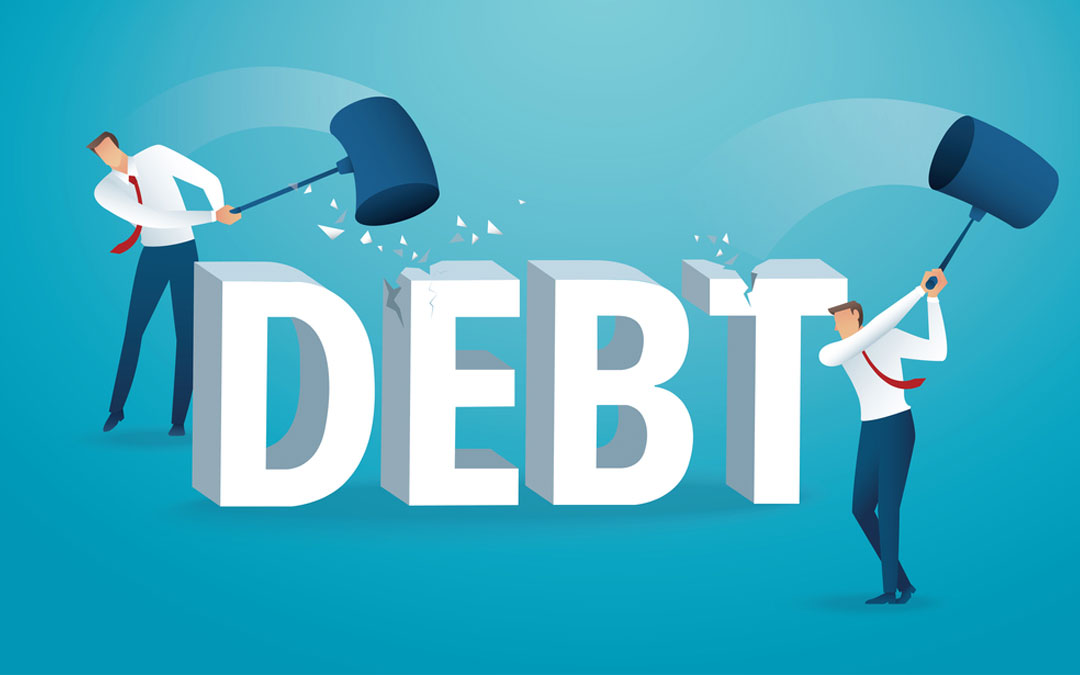Image Source: Google
Are you drowning in a sea of debt and dreaming of a debt-free life? A debt relief consolidation program might be the solution you need to take control of your finances. By consolidating your debts into one manageable monthly payment, you can simplify your financial life and work towards becoming debt-free. In this article, we will explore the key steps to success with the best debt relief consolidation program, helping you pave the way to a brighter financial future.
Assess Your Debt Situation
Before you can embark on a debt relief consolidation program, you need to have a clear understanding of your current financial situation. Take the time to assess your debts, including the total amount owed, interest rates, and monthly payments. This will help you determine if a consolidation program is the right option for you.
Steps to assess your debt situation:
- Make a list of all your debts, including credit cards, loans, and other obligations.
- Calculate the total amount owed for each debt and the interest rates being charged.
- Determine the total monthly payments you are making towards your debts.
- Evaluate your income and expenses to see how much you can realistically afford to pay towards your debts each month.
- Consider any other financial goals you have, such as saving for emergencies or retirement.
Research Debt Relief Consolidation Options
Once you have a clear picture of your debt situation, it's time to research the debt relief consolidation options available to you. There are several types of consolidation programs, including debt consolidation loans, balance transfer credit cards, and debt management plans. Each option has its pros and cons, so it's important to choose the one that best fits your financial goals and circumstances.
Types of debt relief consolidation options:
- Debt consolidation loans: A loan that combines all your debts into one monthly payment, usually with a lower interest rate.
- Balance transfer credit cards: Transferring high-interest credit card balances to a card with a lower or 0% introductory APR.
- Debt management plans: Working with a credit counseling agency to negotiate lower interest rates and payments with your creditors.
Select a Reputable Debt Relief Consolidation Program
Once you have chosen the type of debt relief consolidation program that best suits your needs, it's crucial to select a reputable provider to work with. There are many companies offering debt consolidation services, but not all of them have your best interests at heart. Research potential providers carefully and look for reviews and testimonials from past clients to ensure you are working with a trustworthy company.
Tips for selecting a reputable debt relief consolidation program:
- Check the company's accreditations and certifications, such as with the Better Business Bureau or the National Foundation for Credit Counseling.
- Avoid companies that promise quick fixes or guaranteed results, as debt relief takes time and effort.
- Understand all fees and costs associated with the program before enrolling.
- Ask about the company's success rate and how they handle customer complaints.
Stick to Your Debt Relief Plan
Once you have enrolled in a debt relief consolidation program, it's essential to stick to the plan to achieve success. Make your monthly payments on time and in full, and avoid taking on any new debt while you are working towards becoming debt-free. It may take time to see significant progress, but staying committed to your plan will ultimately lead you to a brighter financial future.
Tips for sticking to your debt relief plan:
- Create a budget that includes your debt payments and tracks your spending.
- Avoid using credit cards or taking out new loans while in the program.
- Set small milestones to celebrate your progress and stay motivated.
- Communicate regularly with your debt relief provider and update them on any changes to your financial situation.
Monitor Your Progress and Adjust as Needed
As you work through your debt relief consolidation program, it's essential to monitor your progress and make adjustments as needed. Review your budget regularly to ensure you are staying on track with your payments and financial goals. If unexpected expenses arise, don't hesitate to reach out to your debt relief provider for guidance on how to adjust your plan accordingly.
Steps to monitor your progress:
- Regularly review your credit report to track your debt balances and payment history.
- Check in with your debt relief provider to discuss any challenges or changes to your financial situation.
- Celebrate small victories along the way to stay motivated and focused on your goals.
- Consider seeking financial education and counseling to help you build healthy money habits for the future.
